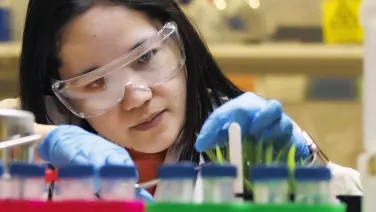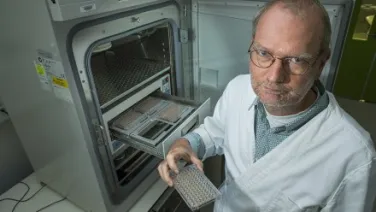
Membrane transporters and channels
RSB research focuses on membrane transporters and ion channels, targeting them to treat diseases like type 2 diabetes and cancer. Computational methods explore ion channel functions and transport processes in malaria parasites.
About
Membrane transporters and ion channels play a crucial role in the provision of nutrients to organisms and cells, they remove toxic compounds and waste, and are crucial in regulating excitability in the nervous system. In the Research School of Biology we target ion channels to treat human diseases and target transporters to treat type 2 diabetes and cancer. We use computational approaches to study the function of ion channels and investigate transport processes in parasites as novel targets to combat Malaria.





















